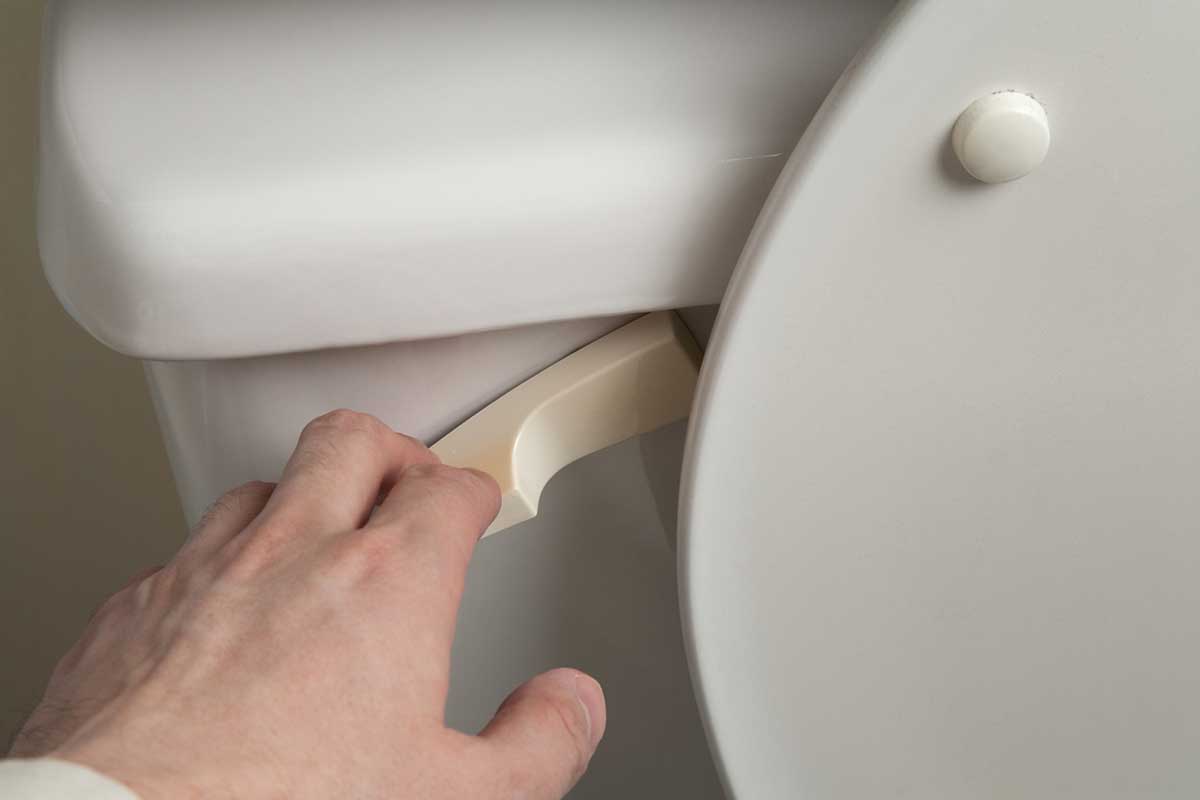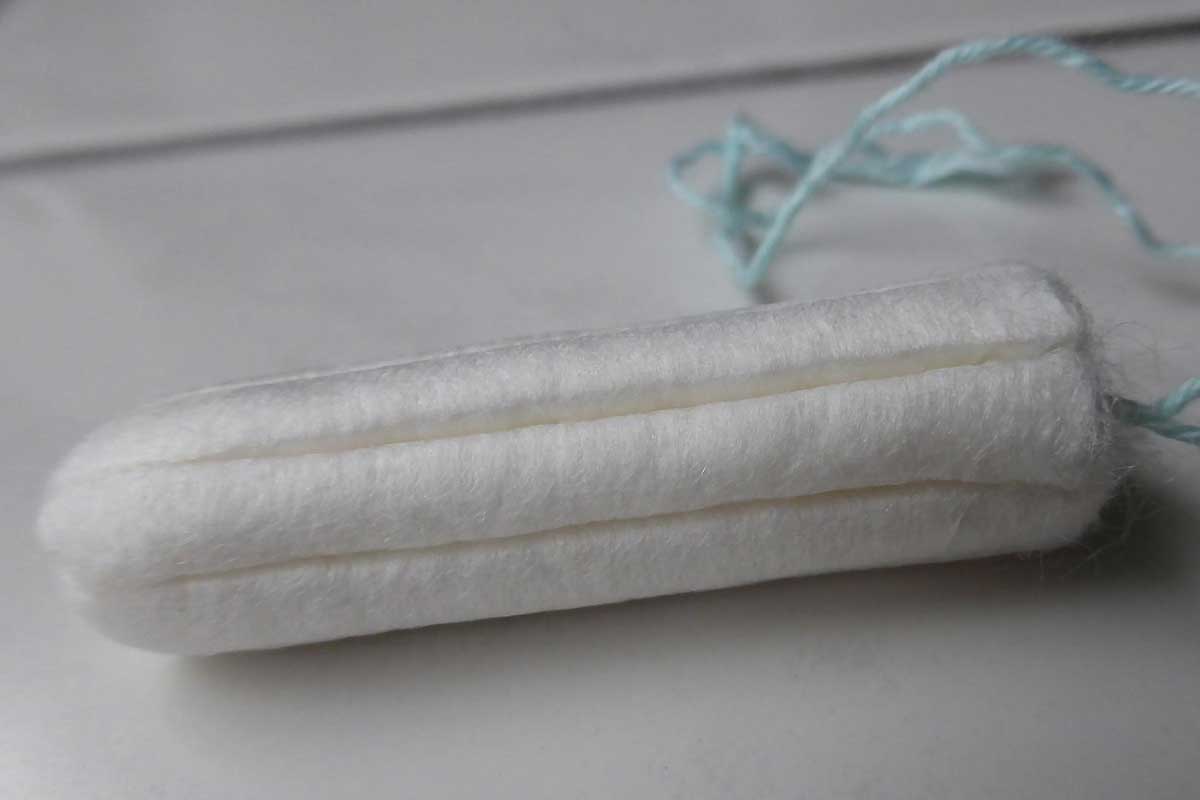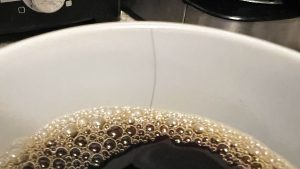This page may contain affiliate links. If you click and buy, we might get a small commission at no cost to you.
If you have one, septic tanks are one of your home’s most important components. To have proper wastewater treatment they are essential for properties that aren’t connected to the main sewage system. These simple onsite sewage facilities are typically installed underground around 50 meters away from your home. To ensure your septic system works properly for you for years to come, you have to be aware of what you can and can’t flush down it. So, what happens if you accidentally flush a tampon in a septic tank? Find out answers to this question and more related to your septic system.
Key takeaways
- Septic tanks can’t process tampons and flushing them will lead to build-up or clogged pipes
- Prevent clogged pipes with a plumber’s snake or try to remove the tampon manually with your hands
- Be aware of the signs your septic tank is full, especially if you flush items that shouldn’t go to your septic tank
What happens if you accidentally flush a tampon in a septic tank?
Wastewater treatment facilities like septic tanks can’t process tampons. This means tampons can harm your septic system in the long run with build-up. Even tampon brands that are biodegradable in landfills shouldn’t be flushed. They aren’t made to break down when wet but instead expand to fill up your tank.
While the tampon will be removed when your septic tank is emptied, flushing too many down your toilet can mean you have to empty it sooner. Another big issue is that the tampon may get caught in the pipe. Only a few hours of a tampon stuck in your pipes can cause a backup of waste that flows back into your house leading to an unpleasant mess.
How should you dispose of tampons?
The best way to dispose of tampons is in your bathroom garbage. You can wrap the tampon in toilet paper or tissue for discretion before tossing it. There are also small disposal bags made for wrapping tampons or pads you throw away.
You shouldn’t make it a practice of flushing tampons down your toilet. While accidentally flushing one may not cause blockage or harm, too many can create problems for your pipes and septic system.
What do you do if you accidentally flush a tampon?
You should flush your toilet a few extra times after and throughout the day if you accidentally flushed a tampon. This helps to ensure it doesn’t get stuck in the pipes. You can also try to use a plumber’s snake to break the clogged tampon into pieces in your pipe before flushing the toilet again. The only way to remove a tampon that has reached your septic tank is to empty the tank. This will involve digging up the location your septic tank is buried.

Can you manually remove a clogged tampon from your pipes?
Yes, you can try to manually remove a clogged tampon with your hands before it reaches the septic tank, especially if it gets stuck in your pipes closer to the toilet. It’s important to try and remove the tampon as soon as possible. The steps involved are:
- Remove all the water from your toilet using a cup and sponge to soak up the remaining water
- Remove the bolts holding the toilet bowl in place with an adjustable wrench
- Wear rubber gloves before reaching your hand down the toilet drain to try and scoop out the tampon
- Reattach the toilet bowl after tampon removal
What cannot be flushed in a septic tank?
Besides feminine hygiene products like tampons, there are plenty of other items you should never flush in a septic tank. For example cat litter contains clay particles that can add to the volume of solid waste in your septic tank and clog your pipes over time. Other items you shouldn’t flush with a septic system include:
- Dental floss
- Diapers
- Condoms
- Cooking oil or grease
- Cigarette butts
- Non-flushable wipes
What can be flushed in a septic tank?
Generally, you should flush only human waste and toilet paper down your septic tank. You should dispose of any other waste in the trash. This will allow your septic tank to serve you for decades without any problems and prevent any blockages in your pipes. Anything that is large and slow to decompose, like tampons or wet wipes, can cause your septic tank to fill up quickly.
What are the signs that your septic tank is full?
A full septic tank that is left un-emptied can cause an unpleasant mess in your home. Make sure you stay ahead of the signs your tank is getting full and schedule the emptying process before issues occur. This is especially important if you often flush items that shouldn’t be going into your septic tank. Here are 5 signs to look out for:
- Pooling water: a lot of water on or around your septic system’s drain field can mean it’s overflowing and pushing liquid to the surface.
- Odors: unpleasant smells in your backyard from the mix of wastewater in your tank could mean it’s full and almost overflowing.
- Slow drains: if your home’s drains are slowing down, it could mean you have a clog in your system.
- Overly healthy lawn: If the grass around your septic bed is lush, it could mean your tank is leaking liquids to the surface.
- Sewer backup: this is the ultimate sign your tank needs emptying and backups usually occur at lower drains first, such as basement bathrooms
Conclusion
Tampons flushed down your septic tank can cause pipe clogs and build up in your tank since they absorb and expand when wet. This can lead to backup of waste or require you to empty your septic tank sooner than normal. Make sure you understand what can’t be flushed down your toilet to prevent any issues and watch out for signs your septic tank is full!



